The Gemäldegalerie Alte Meister (or Old Masters Gallery) is the best art gallery I have ever visited. It doesn’t feel too big or too small. It’s like a grand old home that someone has decorated with exquisite pieces of art — a stellar collection that’s lovingly curated. While it may seem much smaller than the Louvre or the Prado, there are over 700 paintings on display, ranging from the 15th to 18th century. Treasures from major Italian Renaissance artists, Dutch and Flemish masters and other works by German, French and Spanish painters combine to form this hidden gem in Dresden.
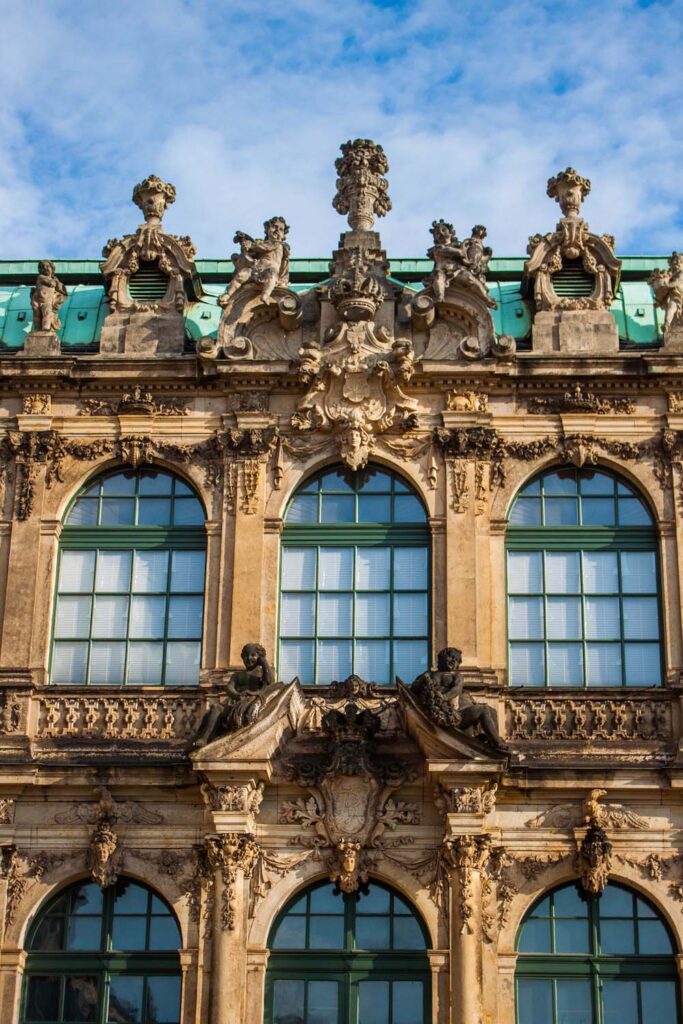
- Access & Admission
- History
- Entering the Gallery
- The Sistine Madonna
- The Sleeping Venus
- The Portrait of a Boy
- The Tribute Money
- The Sacrifice of Isaac
- The Archangel Michael Vanquishing the Devil
- The Dresden Triptych
- The Drunken Hercules
- Memento Mori
- Girl Reading a Letter at an Open Window
- The Procuress
- Lucas Cranach, the Elder

Access & Admission
The Dresden Old Master’s Gallery is located in the heart of Dresden, Germany. It is situated in the historic center of the city, in the same building as the Royal Palace, which is now home to the state art collections of Saxony. The museum is easily accessible by public transportation, with several tram and bus lines stopping directly in front of the building. Visitors can also reach the museum on foot from the main train station, which is only a few minutes’ walk away.
The Museum is open daily from 10 a.m. to 6 p.m. and is closed on Mondays. Tickets cost €14 for adults, €10.50 for students and seniors, and anyone under 17 is free. Buy tickets online in advance to ensure access to the museum on busy days.
Accessibility
The Dresden Old Master’s Gallery has barrier-free access. There is
step-free access via Theaterplatz and via the Zwingerhof. There is an elevator next to the museum entrance. Ask staff for any additional assistance.
History
In 1560, the Art Chambers of Saxony declared that paintings and sculptures were “lesser pieces of historical importance” and chose to favour revolutionary technology and scientific advancements. But when Augustus II the Strong came into power, the future looked bright for Germany’s art collections. Augustus II (and his son, the aptly named Augustus III, who would eventually succeed him) had a deep appreciation for art.
Their family began collecting significant pieces of European art from different periods. During their reigns, the German collection more than doubled in size. With this influx of new pieces, the royal collection had to have a beautiful place to be housed. Architect Gottfried Semper, who also designed the Semper Opera House, was asked in 1838 to build a gallery to store all these famous works of art. In 1855, the new Royal Museum opened to the public.
During WWII, the museum was closed, and all the essential pieces were sent away for safekeeping in mansions around Germany. Unfortunately, some works were still lost after the invasion of the Red Army despite being saved from the bombing. It wasn’t until the late 60s that some of the lost paintings were rightfully returned to the people of Dresden. To this day, there are still more than 450 pieces missing.
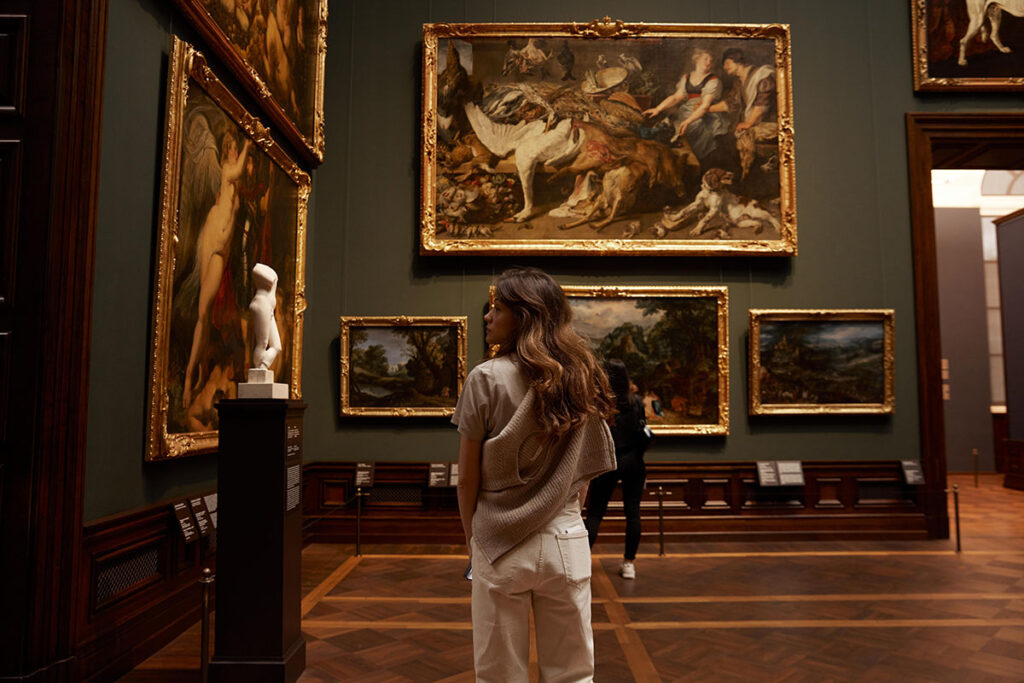
Entering the Gallery
Entering the gallery, you pass through a set of enormous wood-carved doors. They are three times the size of a regular door and are incredibly heavy. The giant iron knobs creak as you push them open. It feels like entering an old mansion rather than a modern museum. After paying for your ticket, you can leave any cumbersome bags or coats downstairs in the locker room. You can then head up the ornate staircases to the galleries. The staircase is a reconstruction covered in beautiful grisaille (“a method of painting in grey monochrome, typically to imitate sculpture”), making the walls appear to come alive despite being simple plaster.
The first thing you notice when you walk into the first gallery is the colour of the walls. This vibrant red is used to support the entire collection. As you move from room to room on the first floor, full of Italian artwork, you will only see the walls painted in this same colour of red. As you move to the Dutch and Flemish painters, the walls change to green. Finally, the Spanish and French artists are all displayed on a blue-grey-coloured wall. There are so many memorable pieces in the gallery, but I wanted to share some of the ones that struck a chord with me and whose powerful imagery still lingers in my mind.
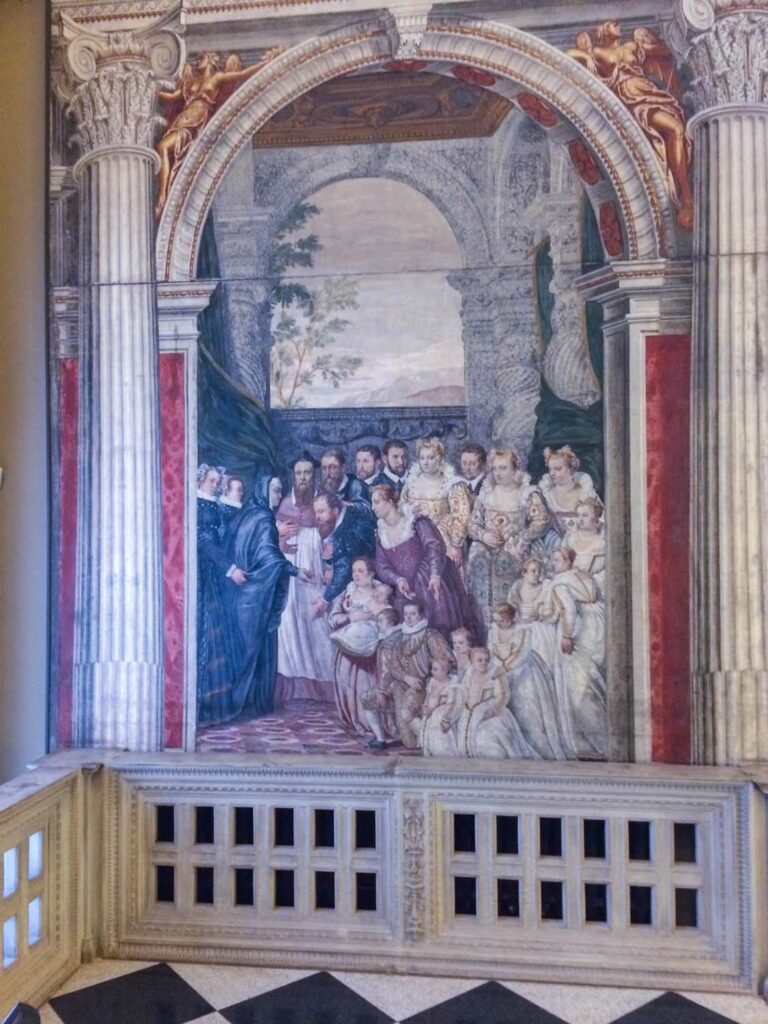

The Sistine Madonna
The Sistine Madonna, also called the Madonna di San Sisto, was painted by the Italian artist Raphael Sanzio in 1512. It stands at the back of one of the larger galleries. The lighting in this room is slightly dimmer than the rest of the exhibits, and Madonna’s robe’s bright red and blue seem to glow in the distance.
The piece was designed to fit above the altar in the church of San Sisto, Piacenza. Giorgio Vasari called it “a truly rare and extraordinary work,” and, looking up at it in person, you know what he means. This piece was the crowning glory for Augustus the Strong, who bought the work for over 100,000 francs. He even had the painting hung in his throne room when it was first brought to court and claimed that it would put visitors into a state of religious ecstasy when they looked upon it.
The Cherubs
But what is most curious about this painting is not the four figures prominently featured in the foreground but the two little cherubs floating at their feet. These cherubs have become iconic in their own right. I’d seen these angels all over the place when I was younger and never knew they were a part of a larger painting. According to legend, when Raphael was painting the Madonna, the children of his model would come in to watch him work. He was so taken by the children and the way they would stare up at their mother he just had to incorporate them into the painting — staring up for eternity, awestruck at the mother of God.
The Sleeping Venus
The Sleeping Venus, also known as the “Dresden Venus,” is a painting by the Italian Renaissance master Giorgione. This piece is one of the most erotic pictures in his oeuvre. When you look at it in person, it’s vexing. Her skin feels like you could reach out and touch it. She seems vulnerable, lying there without her clothes, drawing all eyes toward her naked flesh. Giorgione died before he could finish the work. It was eventually completed by the infamous painter Titian, who would have a successful career producing works of beguiling women.
Although she is nude, this isn’t what makes the work so sensuous. The woman is lying with her arm raised and her hand resting on her groin. If you look closely, the painter has made great pains to paint the landscape in a way that mimics the shape and curves of the woman’s body. It makes the viewer feels as though this dominant woman is shaping the world with the power of her body.

The Portrait of a Boy
This Portrait of a Boy by Bernardino Pinturicchio is an excellent example of Renaissance art and a great representation of childhood. The boy in the painting seems to be alive, his eyes looking right at ours as if he had been looking away, then was startled and turned to face us. He seems sad, almost annoyed, portraying the epitome of youthful grumpiness.
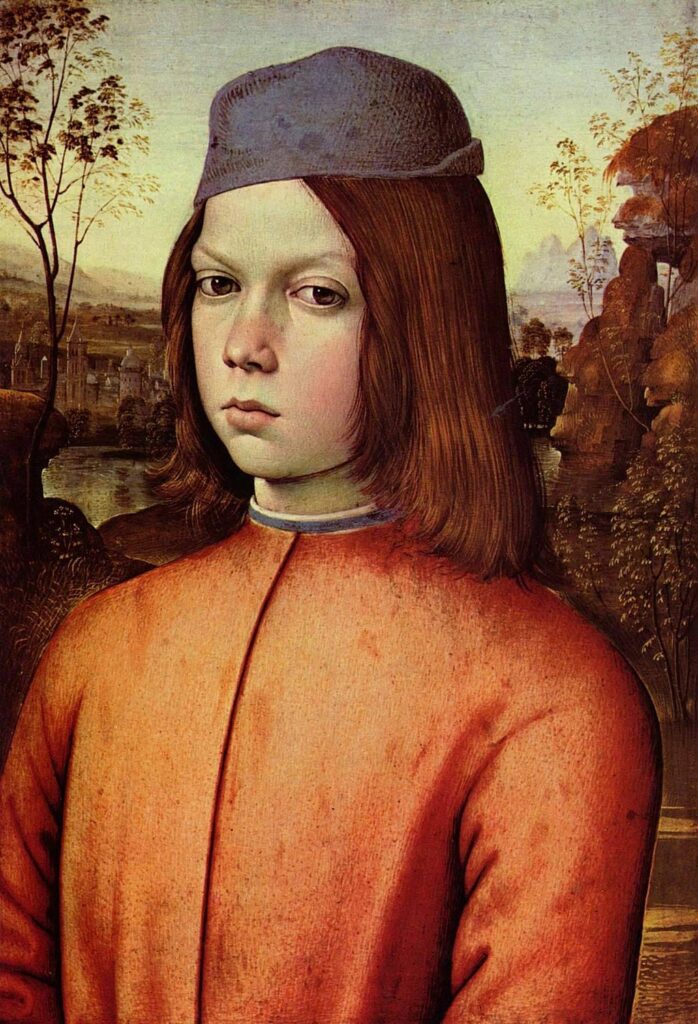
The Tribute Money
Titian‘s The Tribute Money depicts the Pharisee’s attempt to catch Christ with trick questions. They asked Christ whether it was lawful to pay taxes. But no matter how he answers, he will be trapped. Instead, Christ responds to the man to hand him a coin and says, “give to Caesar what is Caesar’s and to God what is God’s.” The painting is so expertly painted you can almost feel the tense interaction between the two. Christ seems calm, his hands relaxed despite encountering such accusations. The Pharisee’s hands are dark and crumpled up, his face wrinkled and menacing.
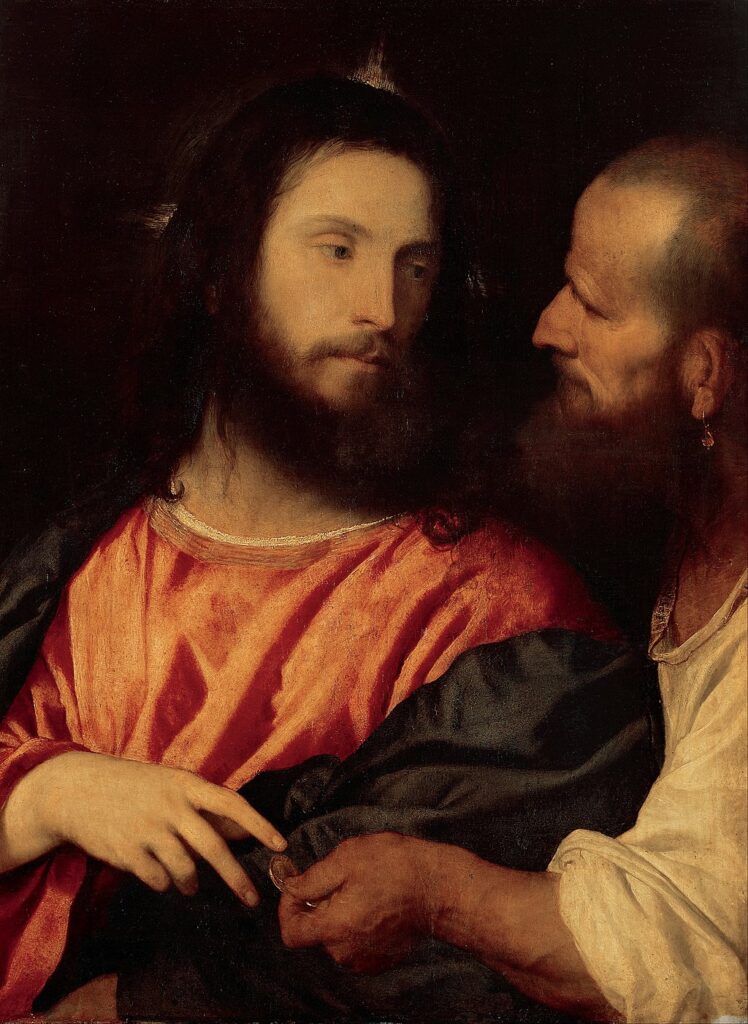
The Sacrifice of Isaac
Andrea Del Sarto‘s The Sacrifice of Isaac is a heartbreaking painting that is emotional and full of action. As if you’ve just caught them in the act, God is testing Abraham’s faith by commanding him to sacrifice his only son, Isaac. Abraham is prepared to comply, but God sends an angel to stop him. If you look closely, you can see the painting is not finished, giving scholars a chance to see the different stages the painter took while working on his masterpiece.
In my opinion, the facial features make this painting so compelling. Look at the fearful expression in the boy’s eyes. He is looking right our way, seemingly calling out for help and asking us to step in. Abraham has a tear in his swollen eye, and his mouth hangs open with relief as the angel proclaims that his son shall live.
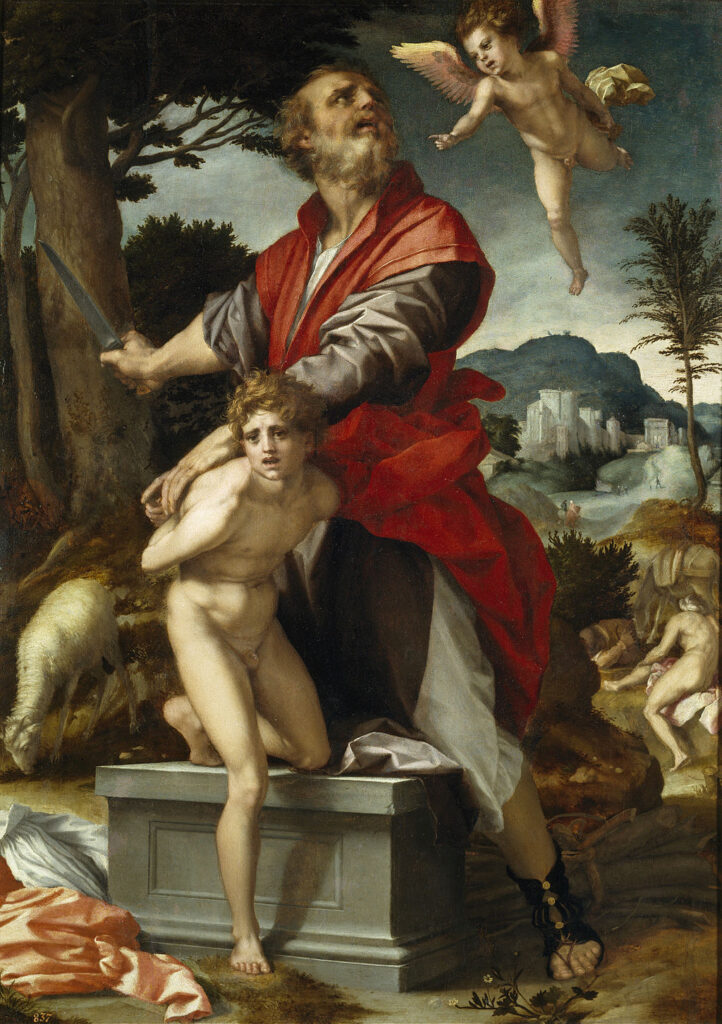
The Archangel Michael Vanquishing the Devil
The Archangel Michael Vanquishing the Devil, an action-packed scene by Tintoretto, is a brilliant example of the painter’s artistic style. He loved group scenes full of theatrical performances. The entire environment is saturated in divine light. The angels are driving away Satan, portrayed as the seven-headed dragon. One of the angels uses a lance to cast him back down to hell. This forms the dynamic axis, giving the painting an intense and active feel.
The Dresden Triptych
The Dresden Triptych is a tiny hinged altarpiece completed by the early Netherlandish painter Jan van Eyck in 1437. Considering it is such a small piece, the painting may have been used for private prayers in a household or as a portable altarpiece for a wealthy clergyman. The triptych is embedded in a beautiful golden frame with script engraved along the edges.
The structure built around the painting highlighted the art and protected it from damage. The center of the frame depicts the Virgin and Child sitting inside a magnificent cathedral or church. They are sitting upon a large, canopied throne with dozens of ornate columns flanking either side of the chair. The columns are dark, painted red, orange and grey, conveying a “sense of airy silence.”
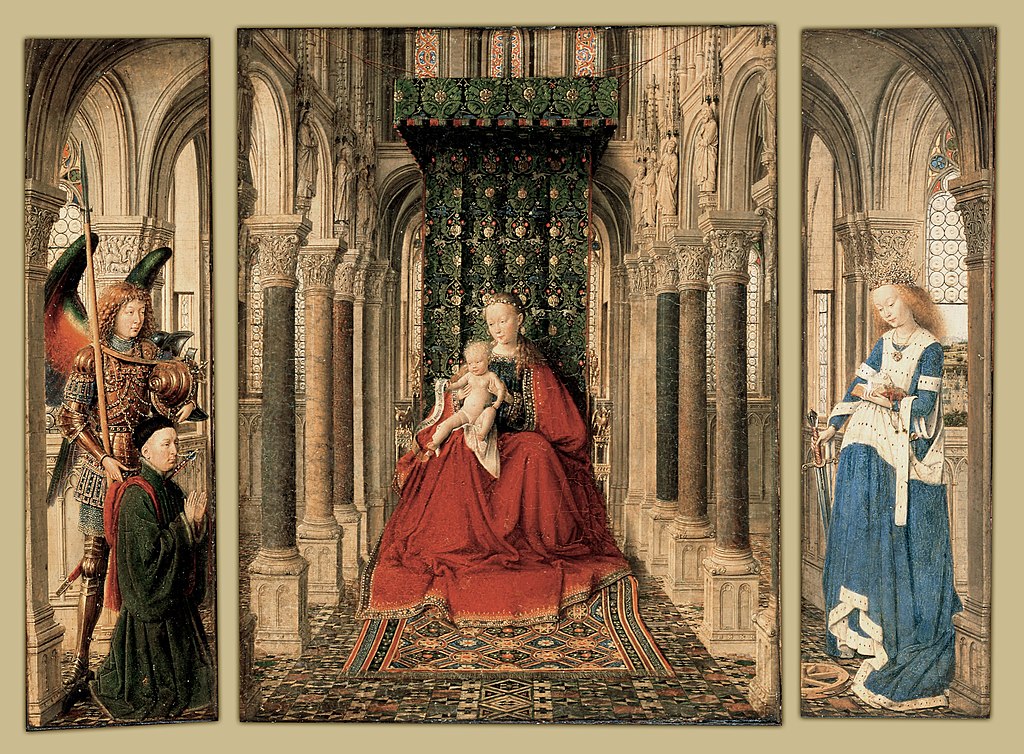
Mary is draped in a dark red and richly embroidered gown. This dress is the most eye-catching part of the frame, and you are drawn into her. Contrasted against the dark red is the naked baby, with his hands outstretched, asking the people to come to him and “Learn of me, for I am meek and lowly in heart.”
St. Catherine
St. Catherine and the Archangel Michael are on the Virgin and Child’s other side. Compared to the darker environment the Virgin sits in, the two saints are bathed in holy light from the stained glass windows behind them. Both St. Michael and St. Catherine are dazzling in their appearance. They have worn only their best to come and meet Christ’s child. St. Catherine is dressed as she would have been when she was a princess before her torture and execution for her religious beliefs. She is stunning — her hair worn down, crowned with a tiara.
The blue of her dress, shining in the light, seems to almost sparkle. It’s as if God is thanking her for her sacrifice and making her saintly form the epitome of her earthly beauty. But her trials are not forgotten in this painting. At her feet rests the wheel on which she was tortured. Against the wall rests the sword with which she was beheaded.

St. Michael
St. Michael is dressed in brightly coloured armour emblazoned with jewels. But what is most fascinating about Van Eyke’s representation is his outrageously coloured wings! They seem almost bird-like in their appearance and make him all the more fantastical. He stands upright with his lance and helmet in hand at the service of the Virgin and Child.
Like many devotional paintings, the donor can also be found in this picture, with the hand of St. Michael resting on his shoulder. His hands are in prayer, and he is dressed in a long, green cloak similar to the ones worn in the Burgundian court. His gown is of high quality, trimmed with fur and accented with a red velvet hood. These are all clues as to what kind of man this donor was. The man looks over to the Christ child with such dedication in his eyes, honoured to be in his presence.
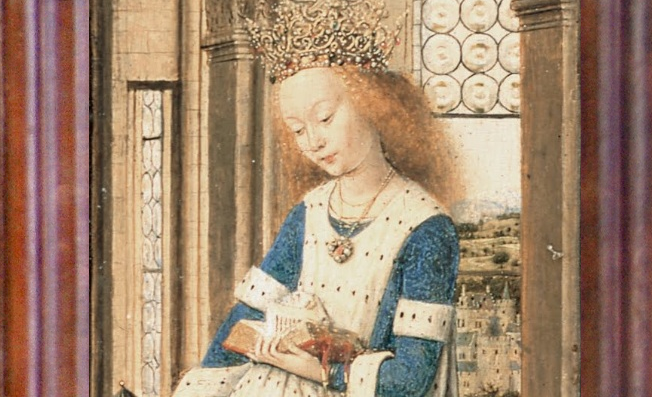
The Drunken Hercules
In contrast to the delicate beauty of the Dresden Tryptic, Peter Paul Rubens’ The Drunken Hercules is a rough portrayal of men falling from grace. Hercules, the hero of so many great stories, is portrayed here as succumbing to the vice of drink. The wine has robbed him of his strength, and he requires the help of a satyr and wood nymph to make his way safely through the forest. The painting seems to serve a moral theme to the viewer — drinking too much can have drastic consequences for even the strongest of us. But for me, it also shows that even the powerful must fall. Those close to us will carry us forward until we regain our strength to face a new day.
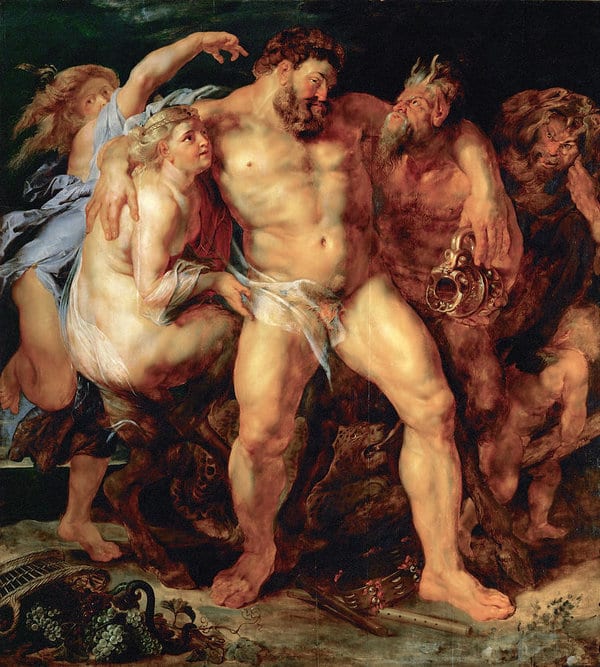
Memento Mori
One of my favourite Dutch still-lives from the collection is painted by Jan Davidsz. De Heem. This one is called Memento Mori, Latin for “Remember Death.” Still, lives were incredibly popular in the 1650s, and many portrayed bouquets of flowers, food, drinks, and objects placed in a balanced composition against a dark background. But when we look closer and study the symbology of every little grain of sand, rose petal or sea shell, we learn there is much more under the superficial surface of these paintings. The flowers in full bloom, their leaves are eaten by insects and on the verge of death, remind us that time isn’t to be wasted on vanity and empty splendour. Rather it’s about living and striving for virtue in all our actions. The stalks of grain on the table represent Christ and signify the resurrection.
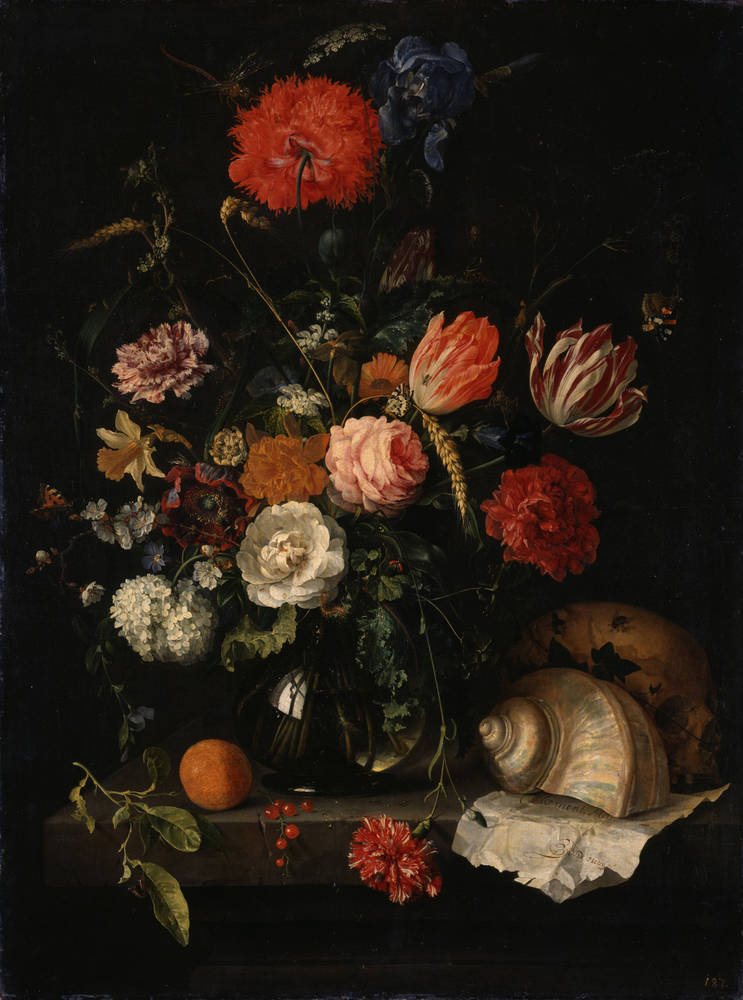
Girl Reading a Letter at an Open Window
Johannes Vermeer is one of history’s most celebrated painters. He is known for his intricate attention to detail and his use of realistic light and shadows. Girl Reading a Letter at an Open Window is a perfect example. It was painted between 1657-1659 and depicts an everyday-looking Dutch woman. She is standing by an open window, gently holding a letter. But this painting is more than just a lovely woman. It’s a tale of betrayal and forbidden love. The open window represents the woman’s desire to escape her domestic life. The half-eaten fruit symbolizes her affair.
The letter she holds in her hands is from her lover, either planning to continue their illicit affair or perhaps to call things off once and for all. We know love is a prominent theme of this piece since x-rays have revealed that Vermeer once painted a small Cupid in the corner of the canvas but ultimately covered it up with drapes. Perhaps he wanted the imagery to be subtler, allowing the viewer to draw conclusions.

The Procuress
Jan Vermeer’s The Procuress is a very controversial painting portraying the reality of women’s plight in the 16th century. The man in the front of the picture, perhaps a soldier, is fondling her breast in the sight of all the other men in the room. At the same moment, he drops a coin into her outstretched hand. We can assume this is payment for sex as the scene is thought to be inside a brothel. The Procuress, the old woman in the back of the frame, smiles down on the scene.
The young lady in yellow smiles meekly, but her cheeks are flushed red with fear. The closeness of all the characters in the scene is meant to make the viewer feel claustrophobic. Most of the frame is occupied by the woven oriental rug, painted to the point of photorealism. The lovely design of the rug juxtaposes the involved scenes of patrons and prostitutes. Although it is a heart-wrenching display, it is honest and beautifully painted by this grand master.
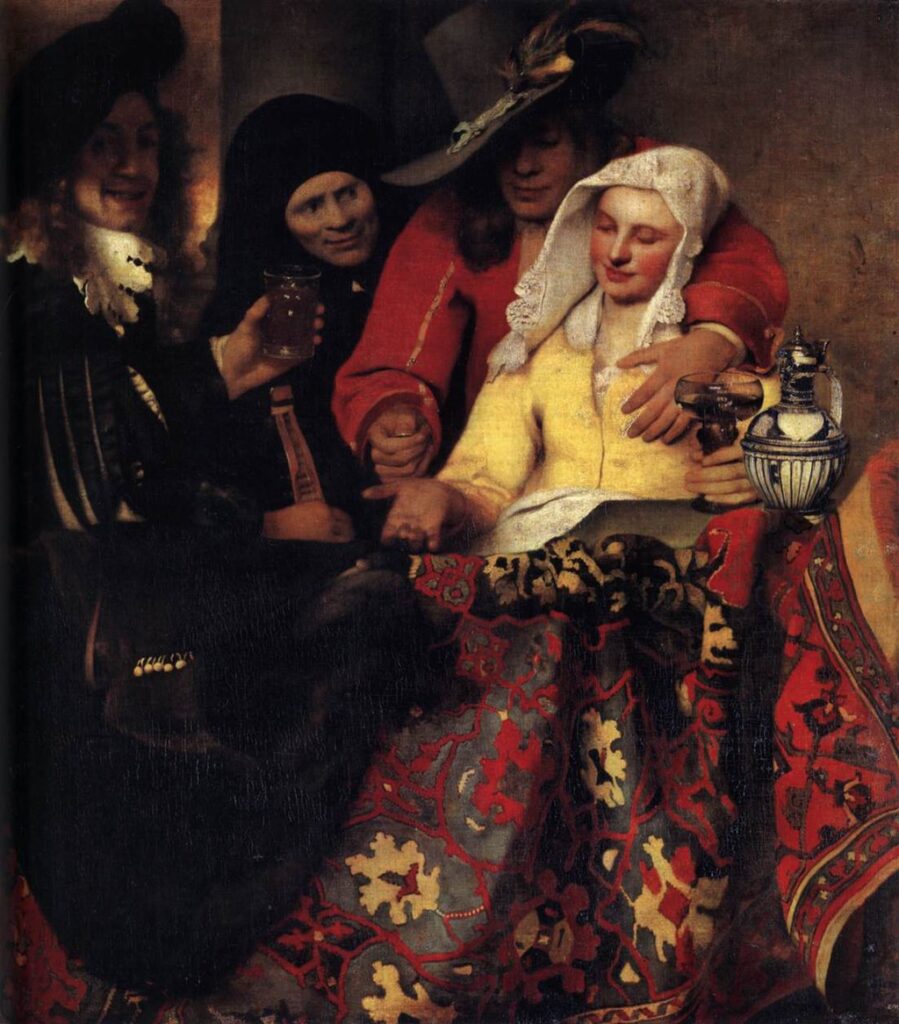
Lucas Cranach, the Elder
The Dresden Old Masters Gallery houses over 50 paintings by Lucas Cranach, the Elder, making it the world’s most extensive collection of Cranach paintings. This tryptic is the story of various women martyred for their love of Christ over the years. St. Catherine is portrayed in the centre of the frame. She is the patron saint of scholars. Throughout her life, she converted over 50 pagans to Christianity in Alexandria during the 4th century. The female saints on the right side are St. Dorothea, St. Agnes and St. Cunigunda. On the left, we find St. Bara, St Usala and St. Margaret.
Museum Cafe
If you find yourself needing a break, stop into the cafe inside the Museum. Not only does it offer up some delicious treats and local cheeses (my personal recommendation), but it also has a beautiful patio that looks out over the adjoining square. This is the perfect place to rest, recharge, and people-watch!
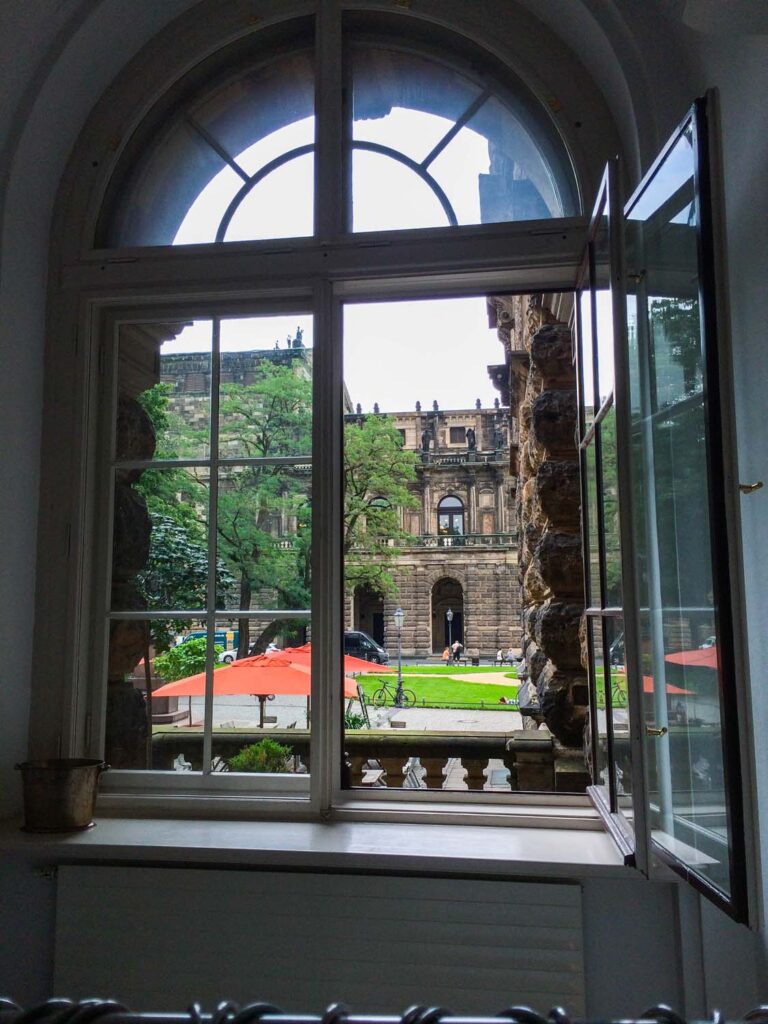

Whatever you are drawn to within these walls, you’ll surely find something unique. This collection of artistic treasures is indeed a wonder and should not be missed on your next trip to Dresden.


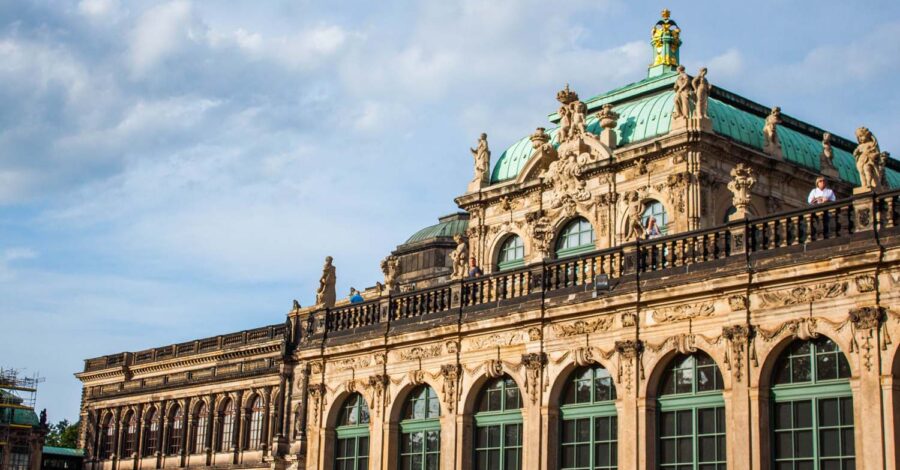
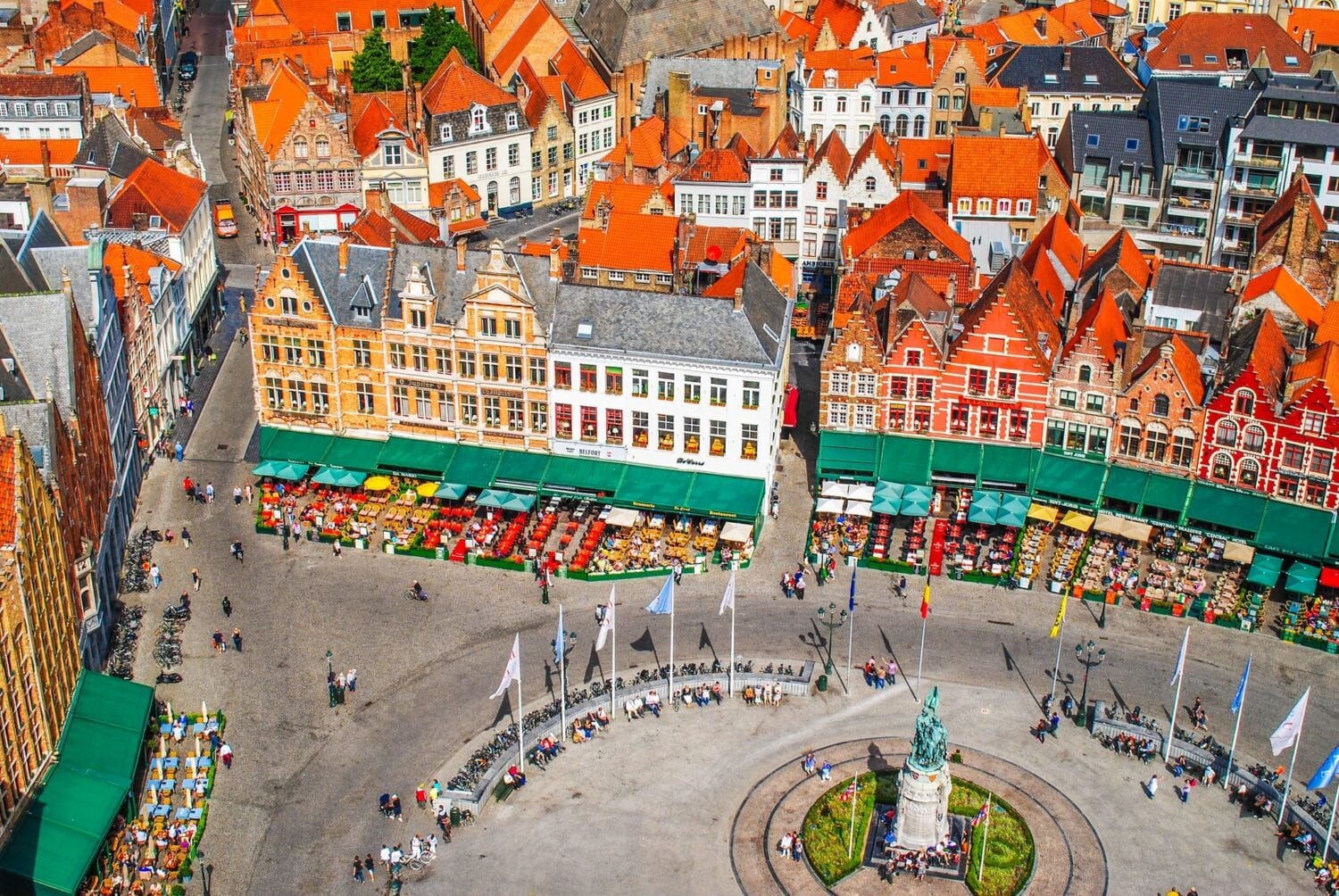
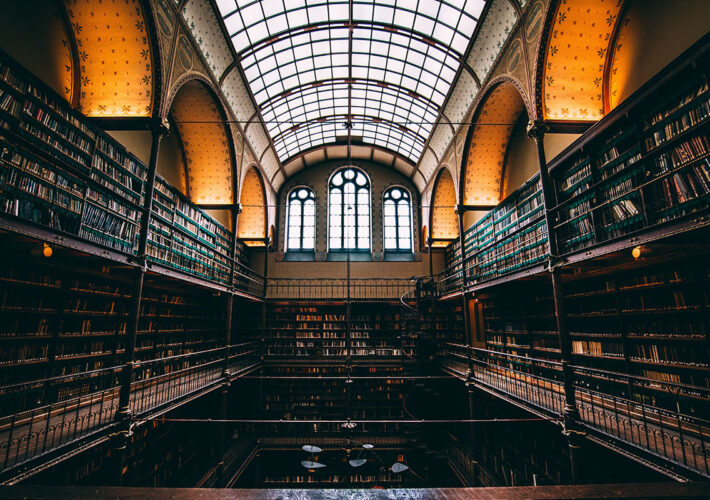
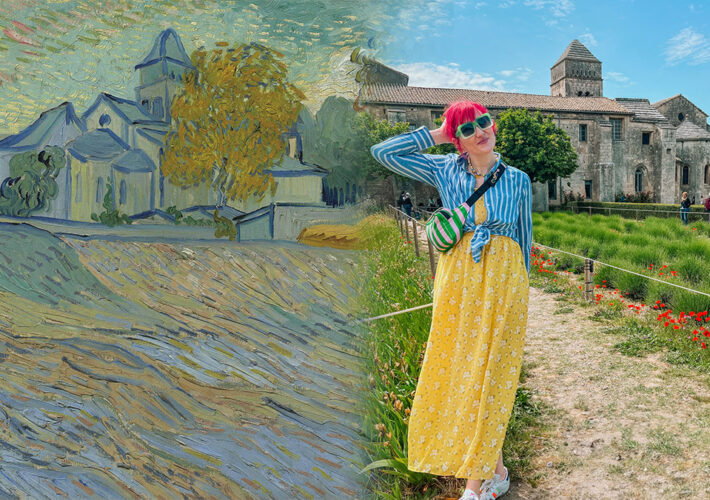
Leave a Comment